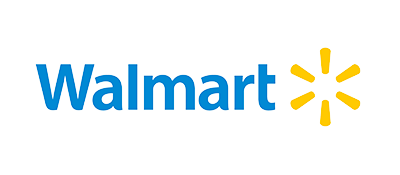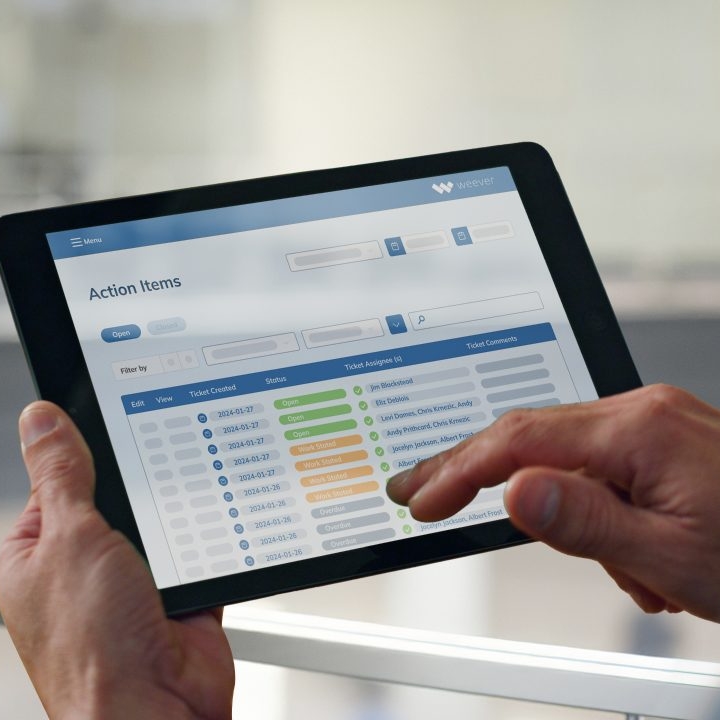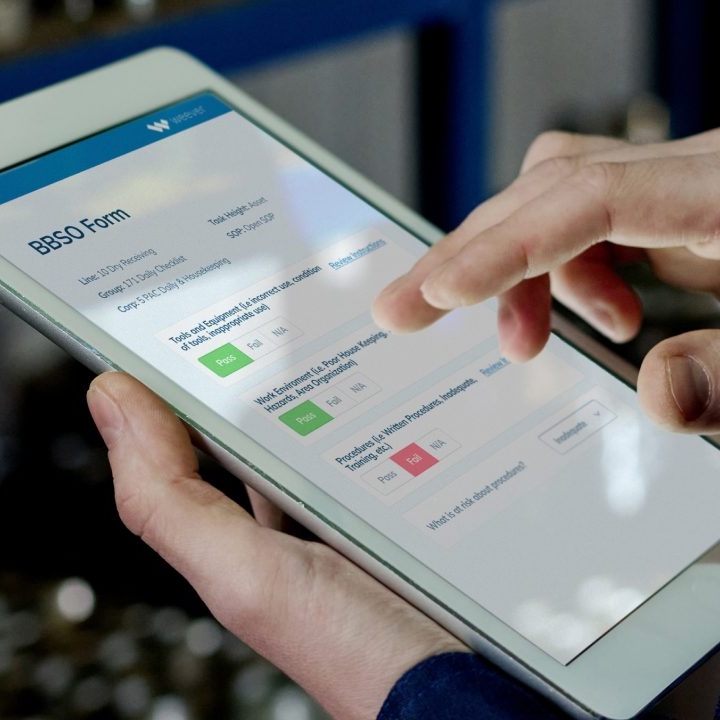Autonomous Maintenance in Clothing Warehouses: Leveraging Weever for Optimal Performance
Optimize clothing warehouse operations with Weever's autonomous maintenance tools. Streamline tasks, automate workflows, and stay ahead of industry trends.

In high-volume fulfillment clothing warehouses, maintaining optimal performance is crucial. Equipment downtime, poorly maintained systems, and operational inefficiencies can lead to delays in meeting customer demand, increased costs, and reduced overall productivity. To combat these challenges, clothing warehouses can benefit from implementing autonomous maintenance practices. But what exactly is autonomous maintenance, and how can it be applied effectively in clothing warehouses?
In this blog, we'll explore the autonomous maintenance definition, the steps of autonomous maintenance, and how Weever software provides the tools necessary to implement and optimize these practices. With Weever, clothing warehouses can stay ahead of emerging trends while maintaining high efficiency.
Autonomous Maintenance Definition and Its Benefits for Clothing Warehouses
Autonomous maintenance refers to a proactive approach where machine operators take responsibility for routine maintenance tasks, such as cleaning, inspecting, lubricating, and making small repairs. This decentralized maintenance strategy is a key pillar of Total Productive Maintenance (TPM), empowering employees to maintain equipment performance and identify potential issues before they escalate into major problems.
In clothing warehouses, where operations rely heavily on conveyor belts, sorting systems, and other machinery, adopting autonomous maintenance helps reduce unexpected downtime, ensures smoother fulfillment processes, and enhances overall productivity. By empowering operators to manage equipment upkeep, warehouses can prevent delays caused by machinery malfunctions, ensuring continuous and efficient order processing.
Steps of Autonomous Maintenance for Clothing Warehouses
The steps of autonomous maintenance provide a structured framework to ensure that routine maintenance activities are conducted consistently and effectively. These steps are essential for ensuring that warehouse equipment remains operational and reliable. Below are the key steps of autonomous maintenance that clothing warehouses can follow:
- Initial Cleaning: Operators thoroughly clean equipment to remove dust, debris, and other contaminants that may affect performance. For clothing warehouses, this step is critical in preventing fabric fibers and dust from clogging conveyors or automated sorting systems.
- Eliminate Contamination Sources: Identifying and eliminating the sources of contamination is the next step. In a clothing warehouse, this could involve addressing areas where dust and debris accumulate or ensuring that lubrication systems are functioning properly to prevent wear.
- Establish Cleaning, Inspection, and Lubrication (CIL) Standards: Developing standardized schedules and procedures for cleaning, inspecting, and lubricating equipment ensures that maintenance tasks are consistently performed at optimal intervals. These standards reduce the risk of equipment breakdowns during peak order processing periods.
- General Inspections: Routine inspections help operators detect signs of wear or damage before they cause equipment failures. In clothing warehouses, regular inspections of sorting machines and conveyor systems can prevent unplanned downtime.
- Autonomous Inspections: Over time, operators take full ownership of inspecting their equipment. By empowering staff to handle these tasks independently, warehouse operations become more proactive and efficient.
- Standardization of Processes: Documenting all maintenance procedures and standardizing them across teams ensures consistency in maintenance efforts and makes it easier to train new staff.
- Continuous Improvement: Ongoing evaluation of maintenance activities helps identify areas for improvement. By continuously refining maintenance practices, clothing warehouses can stay ahead of emerging trends and technologies in the industry.
How Weever Helps Clothing Warehouses Optimize Autonomous Maintenance
Implementing autonomous maintenance can seem daunting, but Weever software simplifies the process, helping clothing warehouses optimize performance and remain competitive. Here's how Weever addresses the key challenges and opportunities for clothing warehouses.
Simplifying Autonomous Maintenance for Clothing Warehouses
Clothing warehouses often face the challenge of adopting new maintenance practices while keeping operations running smoothly. Weever's user-friendly platform makes it easy to implement and manage autonomous maintenance processes.
With an intuitive interface, Weever allows warehouse teams to create, update, and manage maintenance schedules, tasks, and checklists with minimal effort. Even employees with limited technical experience can quickly learn how to use the platform, reducing the learning curve and helping teams adapt to new trends in autonomous maintenance.
Weever's ease of use ensures that operators can focus on their core responsibilities, such as managing clothing inventory and overseeing fulfillment operations, without being overwhelmed by complex maintenance procedures.
Streamlining Maintenance Tasks
Automation is critical in high-volume fulfillment clothing warehouses, where time is of the essence. Weever automates essential maintenance tasks and workflows, reducing manual intervention and ensuring that maintenance is performed consistently and on schedule.
For example, Weever can automate the scheduling of routine tasks like conveyor belt inspections or lubrication of sorting machines, based on pre-defined intervals or usage metrics. This automation minimizes downtime by ensuring that maintenance is completed proactively, before equipment failure occurs.
By automating these tasks, Weever helps clothing warehouses align with the latest trends in autonomous maintenance, such as predictive maintenance technologies, without requiring significant manual effort from warehouse teams.
Leveraging Data for Continuous Improvement
Data is key to optimizing autonomous maintenance practices. Weever's analytics tools provide deep insights into maintenance operations, allowing clothing warehouses to monitor the effectiveness of their maintenance strategies and identify opportunities for improvement.
For example, Weever tracks the performance of various maintenance activities, helping warehouses identify patterns that may indicate equipment fatigue or areas that need more frequent attention. By leveraging these insights, clothing warehouses can make data-driven decisions that optimize equipment performance and reduce downtime.
Additionally, Weever's ability to track and anticipate emerging trends in the maintenance industry allows warehouses to stay ahead of the curve, ensuring that their operations remain competitive and efficient.
Keeping Teams Informed
Real-time information is critical for keeping warehouse operations running smoothly. Weever's real-time reporting features provide up-to-date insights into maintenance activities, helping warehouse teams stay informed and make timely adjustments as needed.
For instance, if an operator detects an issue during a routine inspection, Weever's real-time alerts ensure that the right team members are notified immediately. This real-time communication prevents minor issues from escalating into costly downtime, keeping warehouse operations on track.
Real-time reporting also enables managers to monitor the overall effectiveness of their maintenance programs, ensuring that maintenance activities are carried out on schedule and in alignment with industry standards.
Efficiently Implementing Autonomous Maintenance
Rolling out a new autonomous maintenance program can be a complex process, especially in large, high-volume warehouses. Weever's structured rollout methodology ensures that clothing warehouses can implement new maintenance practices efficiently and with minimal disruption.
Weever provides a clear framework for rolling out new maintenance programs, from initial planning to full deployment. This structured approach ensures that warehouse teams are properly trained, that all tasks are aligned with business goals, and that new practices are adopted smoothly.
As new trends in maintenance emerge, Weever's flexible platform allows warehouses to quickly adapt, ensuring that their operations remain efficient and competitive.
Meet Customer Demand in High-Volume Clothing Warehouses with Weever
Clothing warehouses rely on efficient, well-maintained equipment to meet customer demand and maintain high levels of productivity. By implementing autonomous maintenance practices, clothing warehouses can minimize downtime, optimize equipment performance, and stay competitive in a fast-paced industry.
Weever software provides the tools necessary for clothing warehouses to implement and optimize autonomous maintenance, from its user-friendly platform and automated workflows to real-time reporting and insights. With Weever, clothing warehouses can stay ahead of emerging trends, ensuring that their maintenance practices are not only effective but also future-ready.
Discover how Weever's autonomous maintenance solutions are driving efficiency in clothing warehouses.
Discover how Weever's autonomous maintenance solutions are driving efficiency in clothing warehouses.
Continue Reading
"Having cloud-based forms on devices around the facility makes them so much more accessible, which makes it painless for operators to quickly provide a report."
Johanna Velez, VP Quality Assurance


"Weever is really user friendly and will have a massive positive impact on our operations and training team."
Mel Cadle - Op Ex Lead Process Engineer


"It's shifted our safety culture because now we are much more focused on what we should be looking at."
Kody Crossen, Operations Manager of EHS









